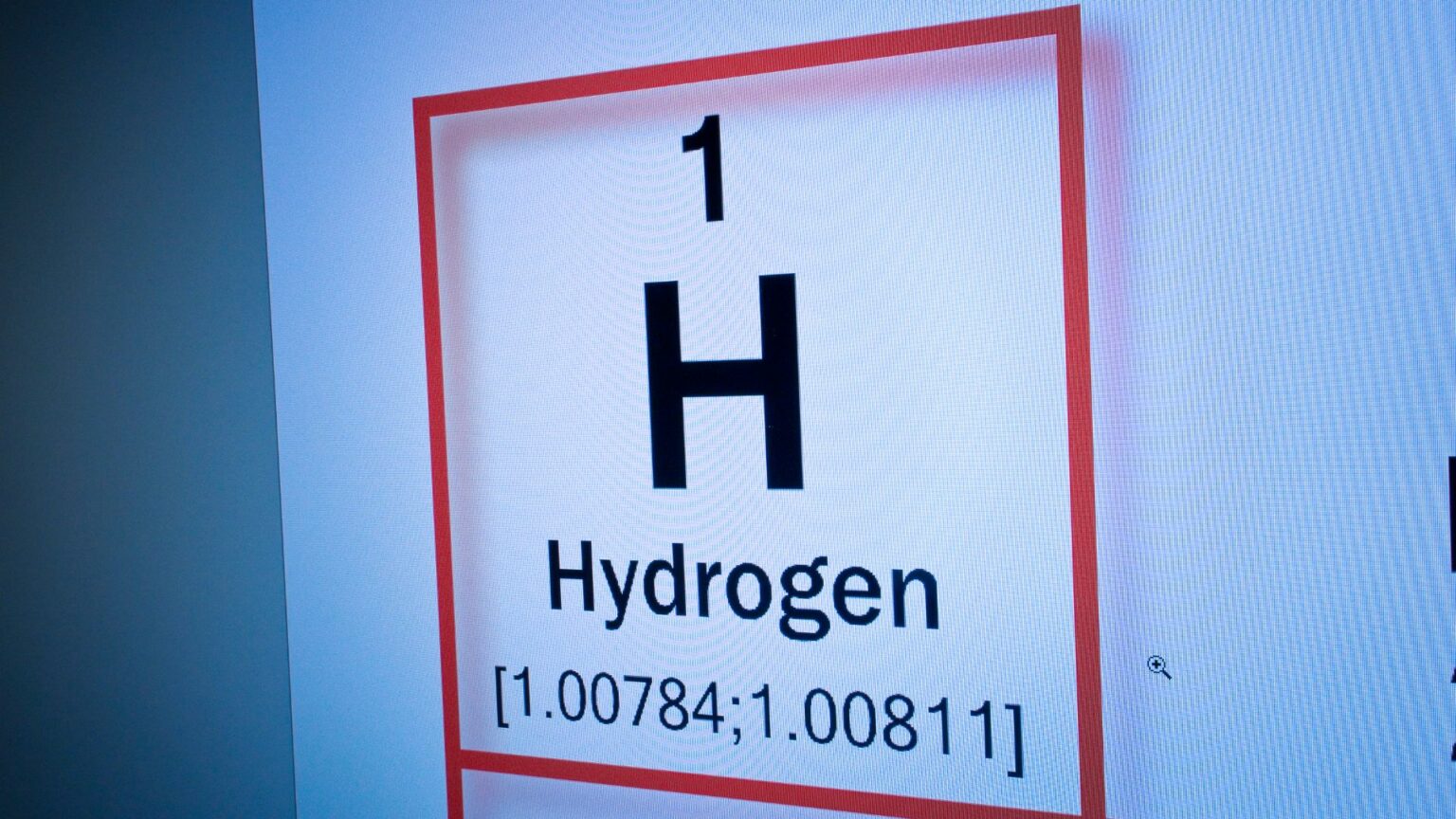HDF Energy (Hydrogène de France) has recently signed a Memorandum of Understanding (MoU) with Tunisia’s Ministry of Industry, Mines, and Energy, led by Fatma Thabet Chiboub.
This partnership aims to initiate a large-scale green hydrogen production project with an initial investment of approximately 3 billion euros. The project is designed to cater to both European markets and domestic needs, aligning with Tunisia’s strategic objective to become a leader in green hydrogen production.
The MoU outlines an ambitious plan to develop a large-scale green hydrogen project with a potential capacity of 1 GW of wind energy, 500 MW of photovoltaic energy, and 800 MW of electrolysers, targeting an annual production of up to 65,000 tonnes of hydrogen. The project will primarily focus on exporting hydrogen to Europe through the SoutH2 corridor, a hydrogen pipeline initiative supported by European gas transmission operators.
Tunisia aims to exploit its abundant solar and wind resources to position itself as a major player in the green hydrogen market. The national strategy, set to be implemented by 2050, includes producing 8.3 million tonnes of green hydrogen and its derivatives, with 2.3 million tonnes allocated for the local market and 6 million tonnes intended for export. The total investment for this ambitious plan is estimated at around 120 billion euros.
Economic Viability
While the project promises substantial economic benefits and aligns with Tunisia’s renewable energy goals, several challenges could impact its feasibility. The initial investment of 3 billion euros is significant, and attracting sustained financial support from both local and international investors will be crucial. Additionally, the project’s reliance on exporting hydrogen to Europe raises questions about the stability and long-term viability of such a market, especially considering the competitive landscape of green hydrogen production.
HDF Energy’s commitment to leveraging local competencies and expertise is commendable. However, the actual implementation will require robust capacity-building initiatives to ensure that local stakeholders can effectively participate in and benefit from the project. Engaging local communities and industries will be essential for fostering a supportive environment and ensuring the project’s long-term sustainability.
Green hydrogen production, while environmentally friendly, requires stringent regulatory frameworks to mitigate potential environmental impacts. Tunisia will need to establish comprehensive regulations to oversee the project’s environmental footprint and ensure compliance with international standards. Additionally, the long-term sustainability of the project will depend on continuous monitoring and adaptive management practices.
Comparing HDF Energy’s project with similar initiatives globally highlights both opportunities and challenges. For instance, countries like Germany and Japan are leading the way in green hydrogen production, with substantial investments and advanced technological frameworks. Tunisia’s project, while ambitious, will need to match these benchmarks to establish itself as a competitive player in the global hydrogen market.
